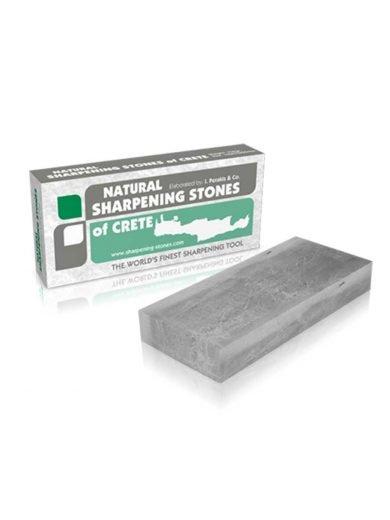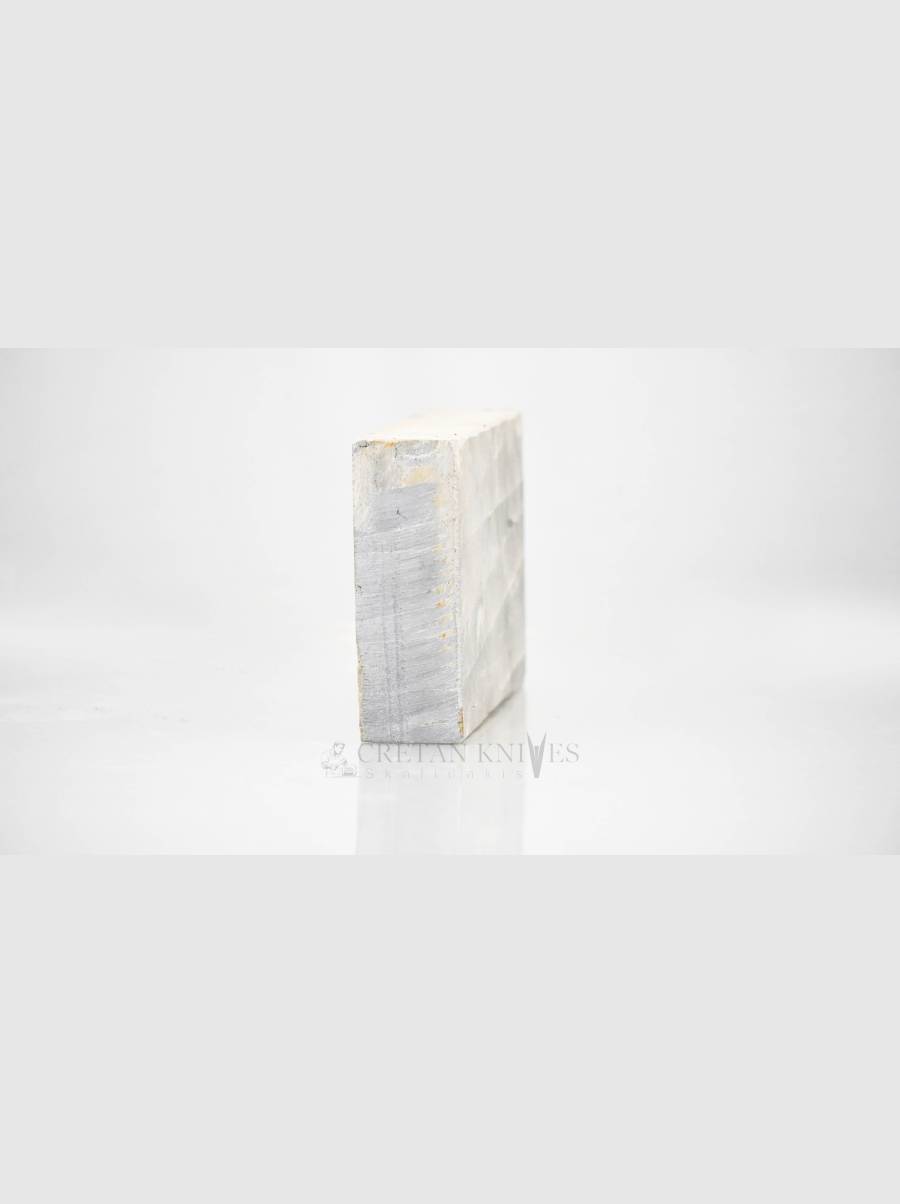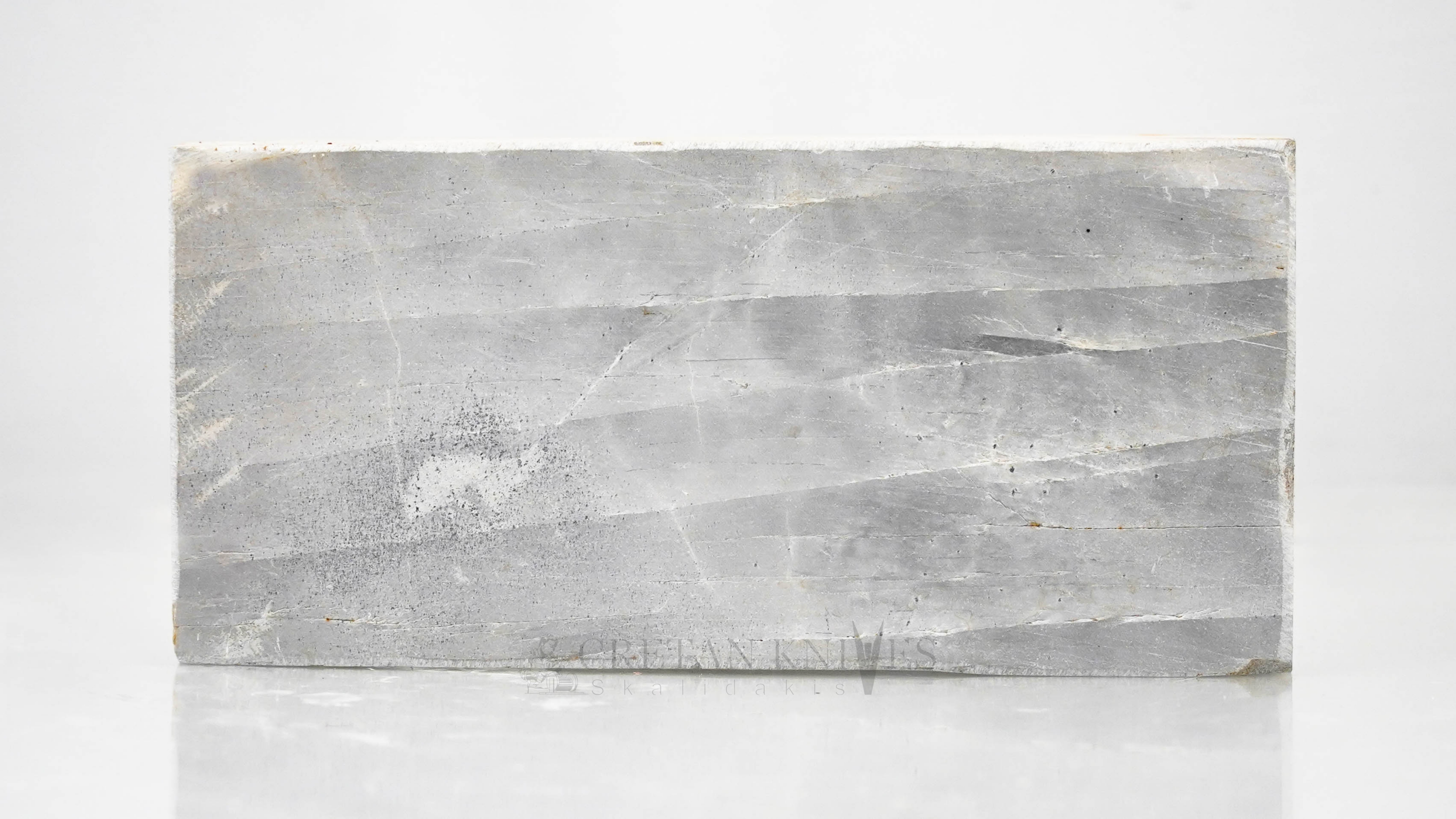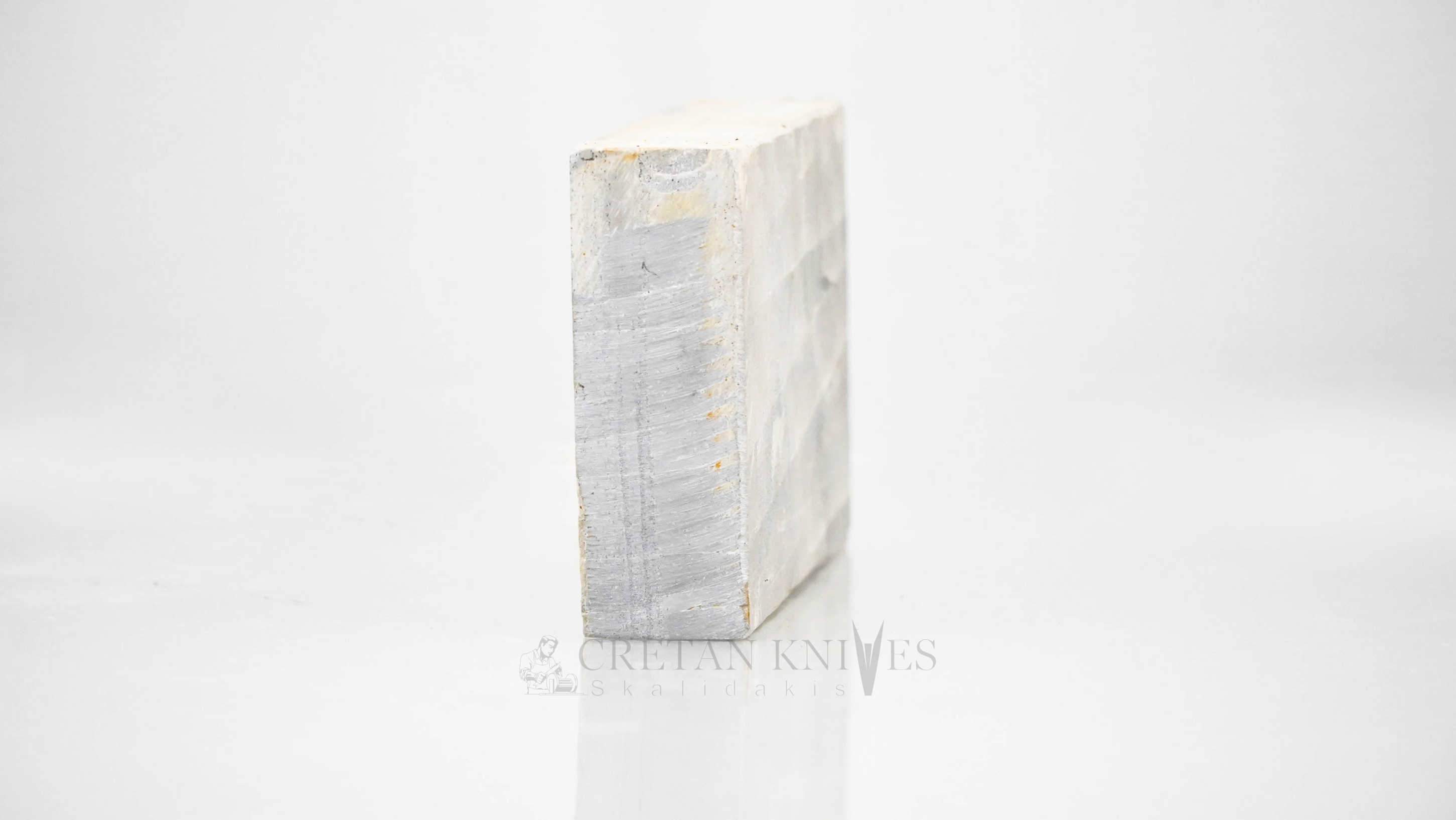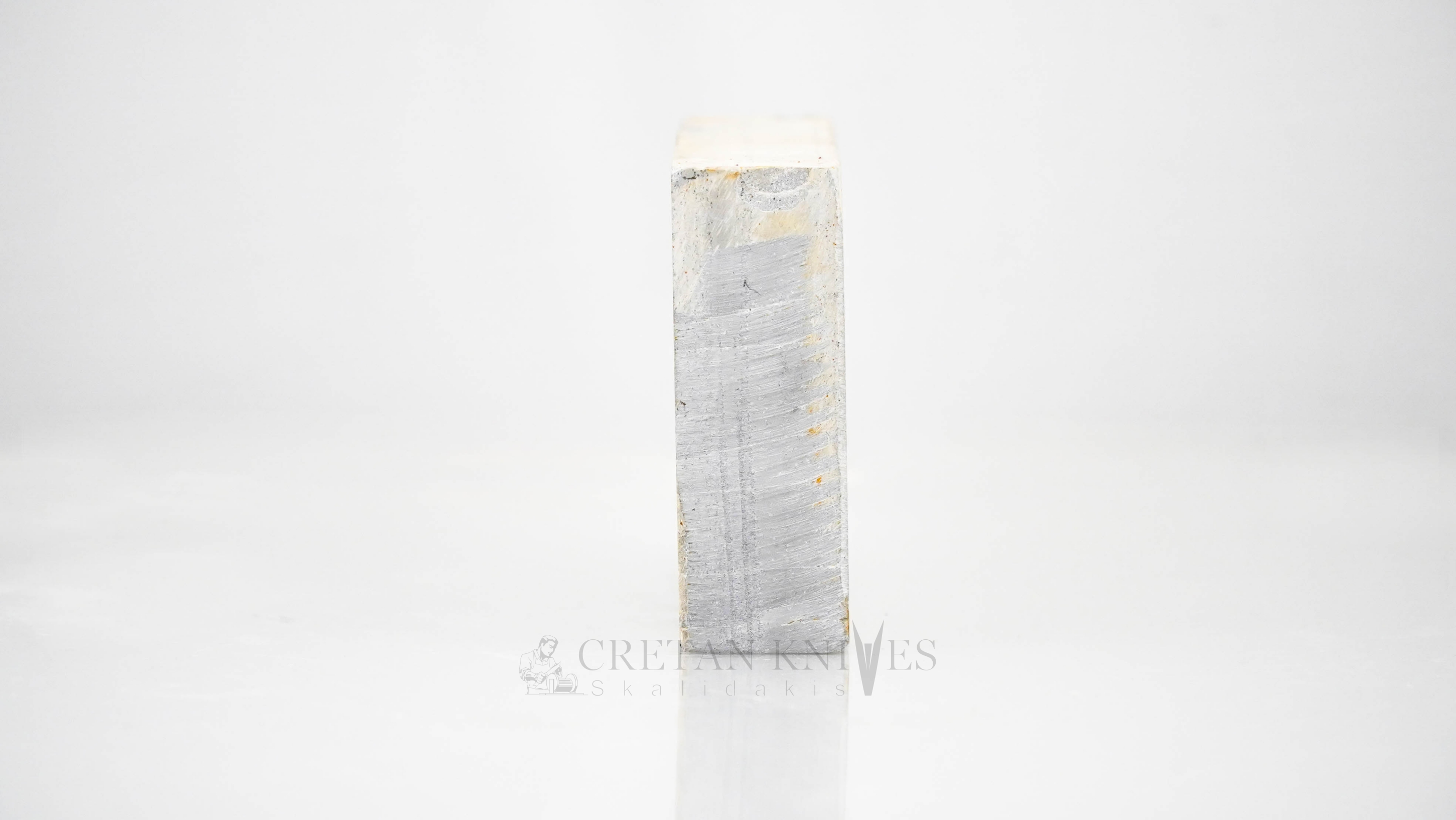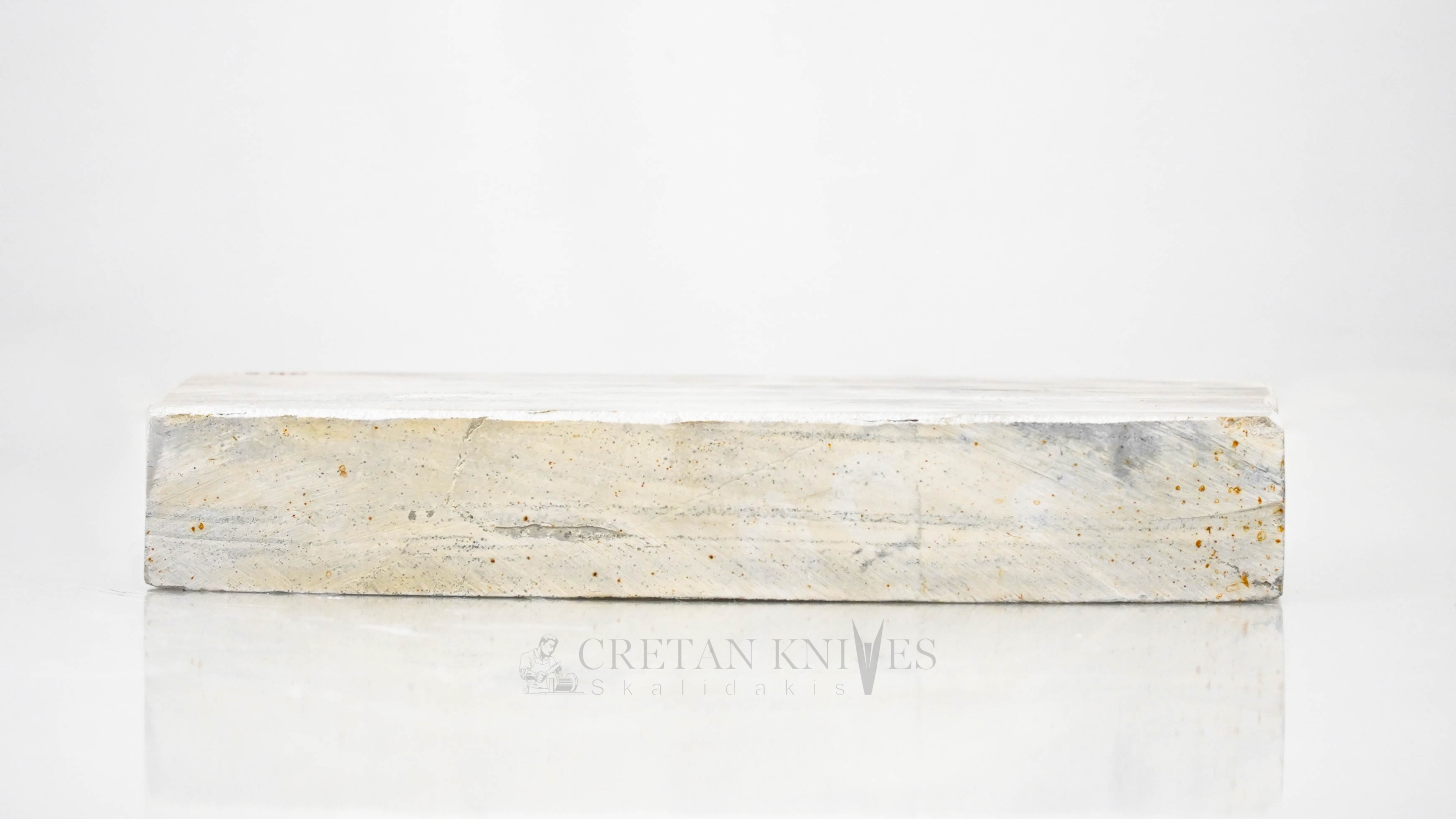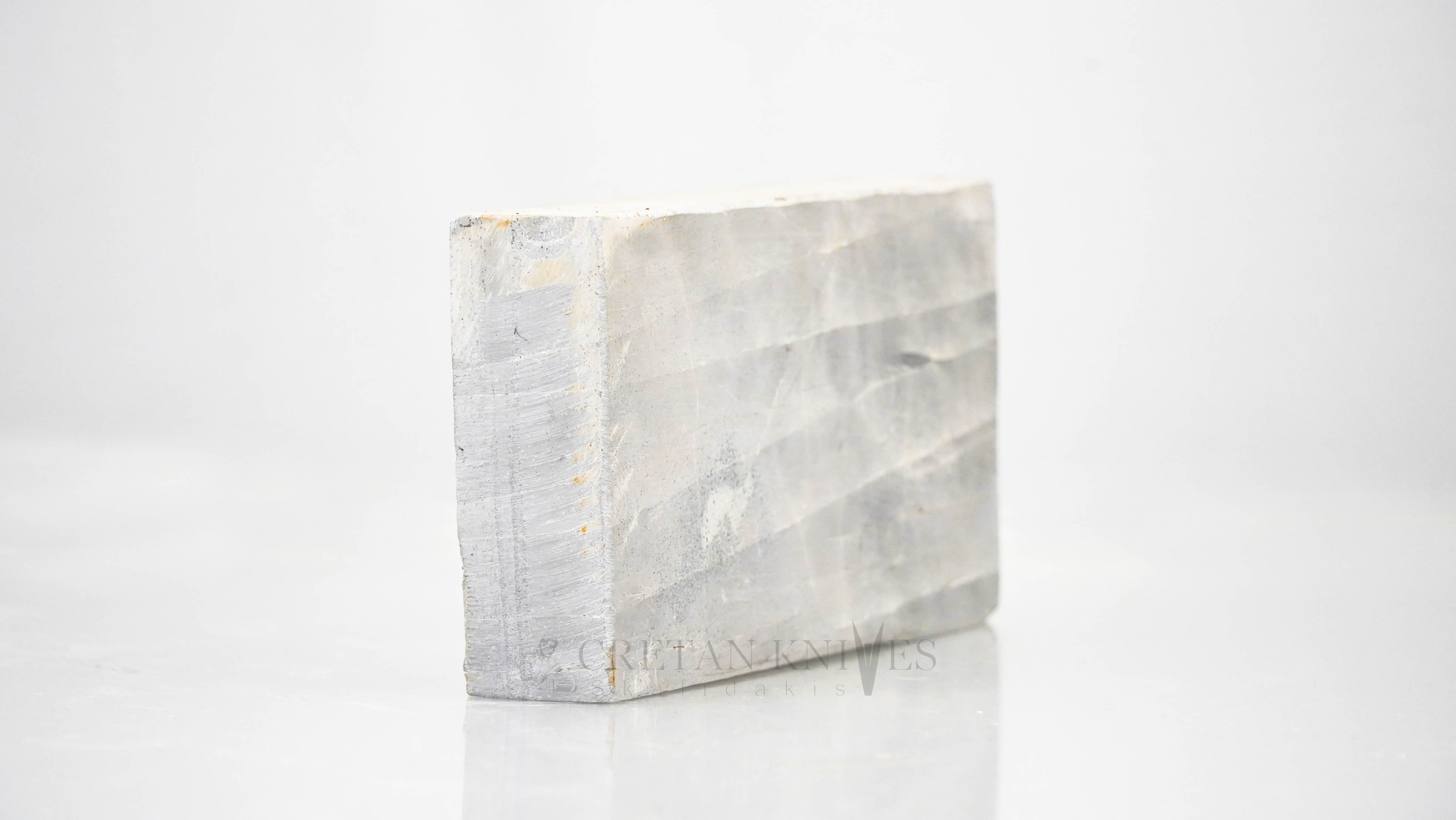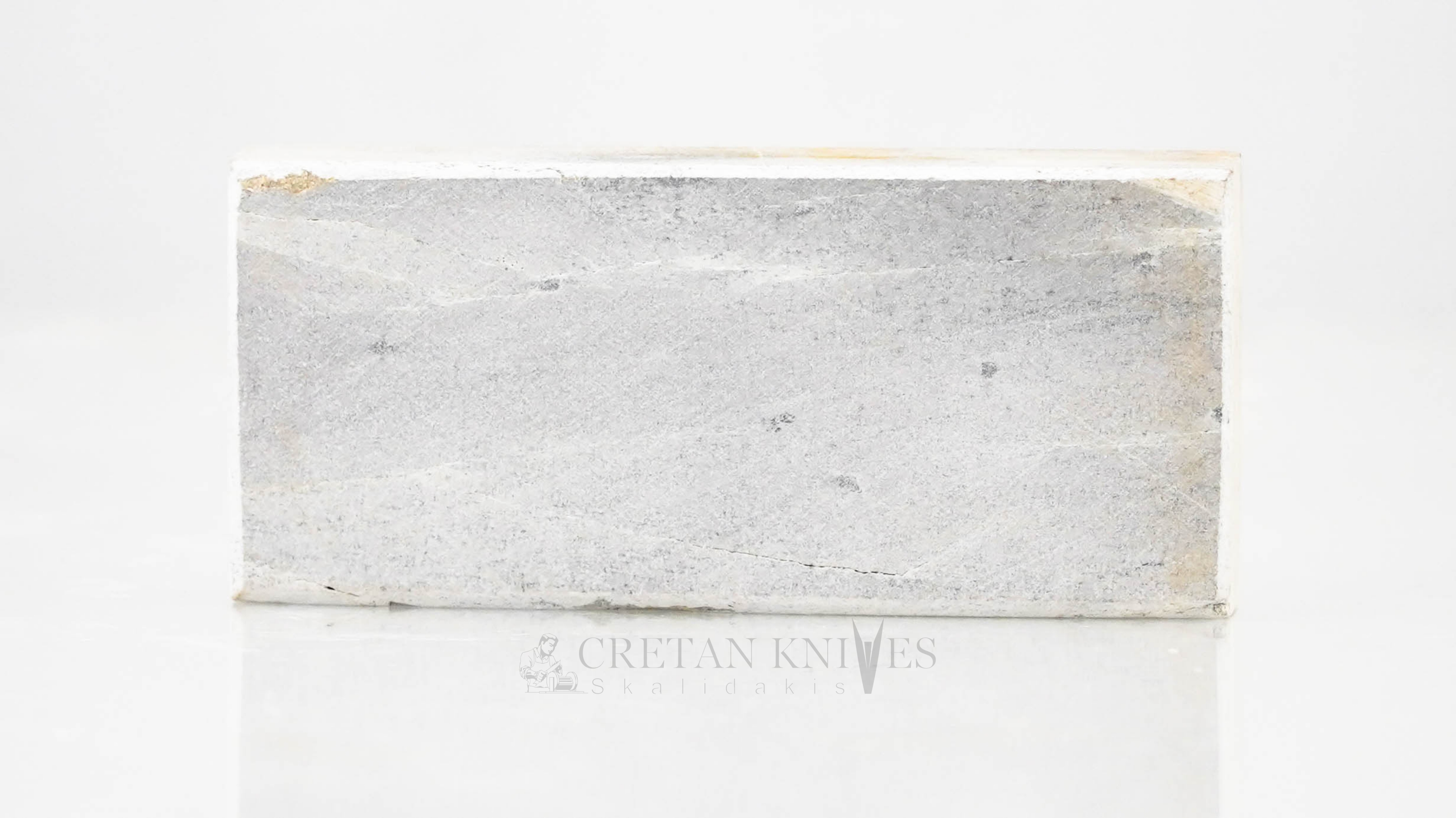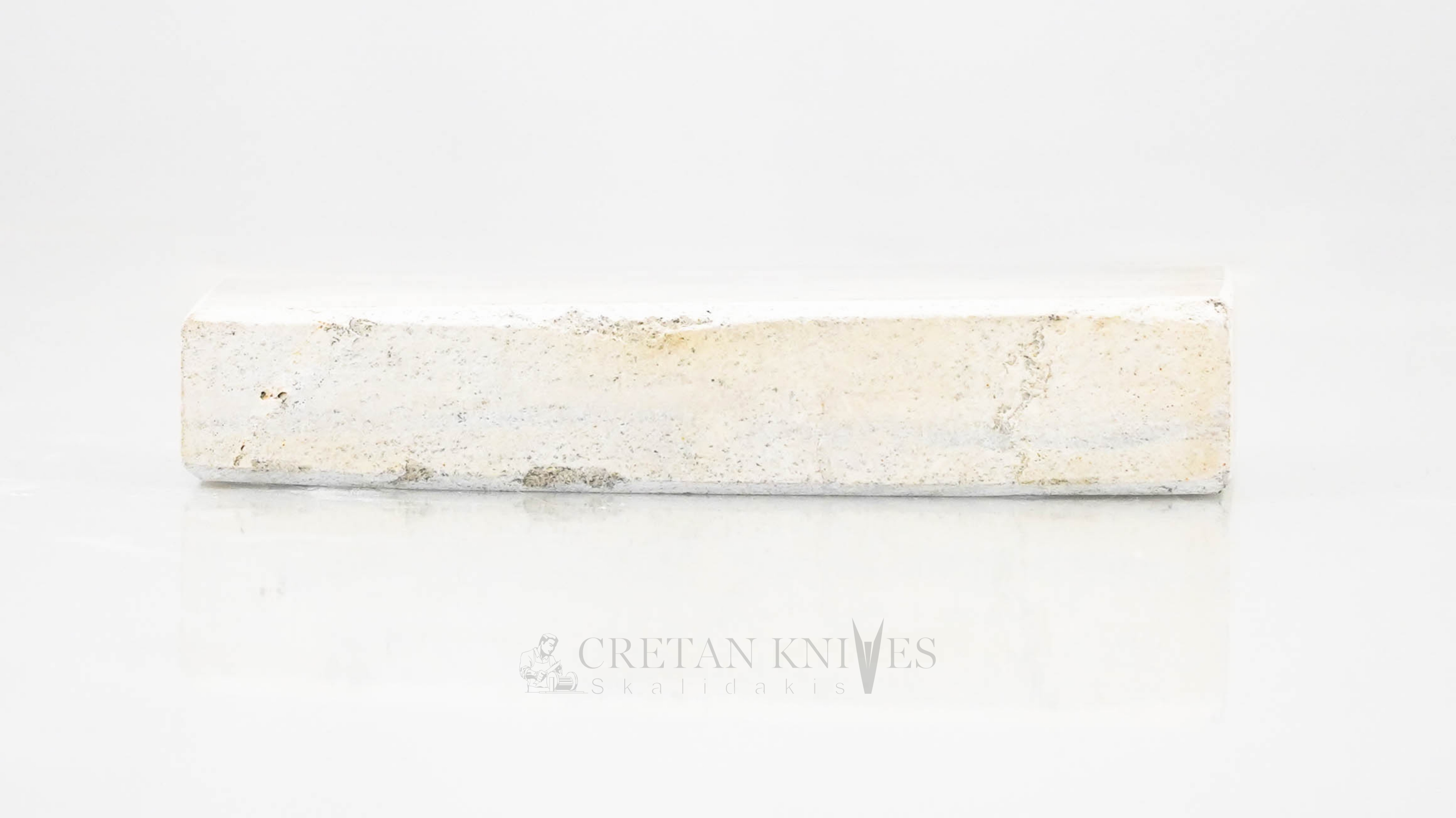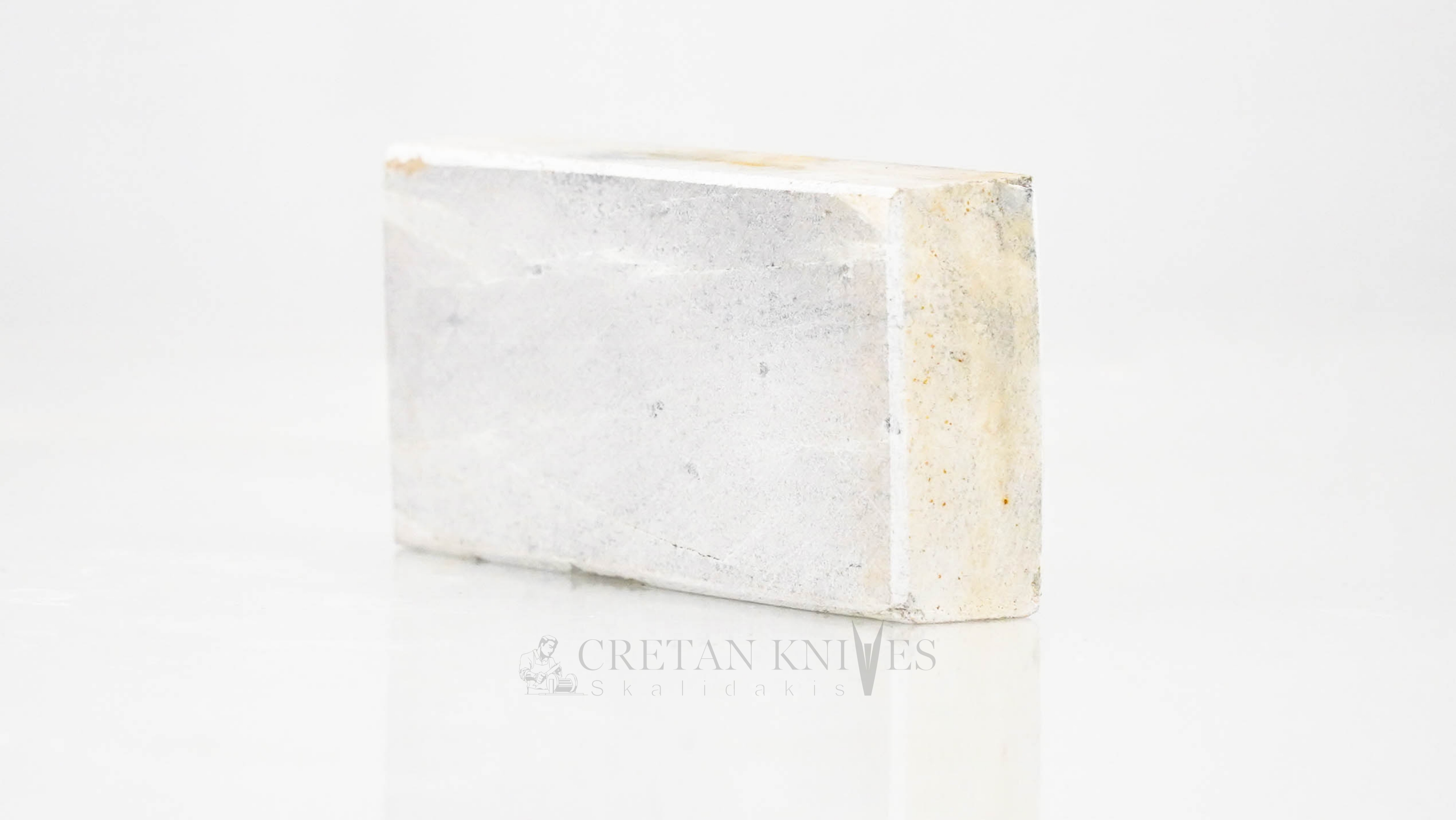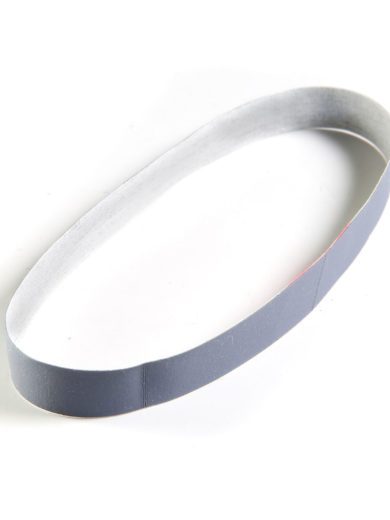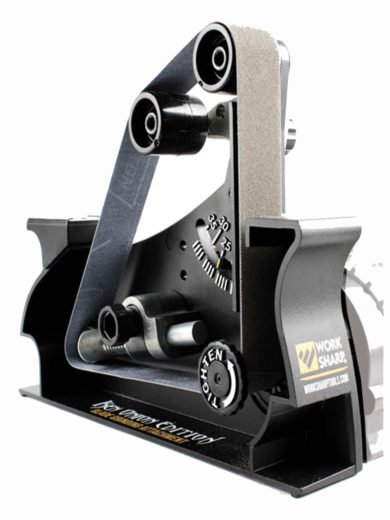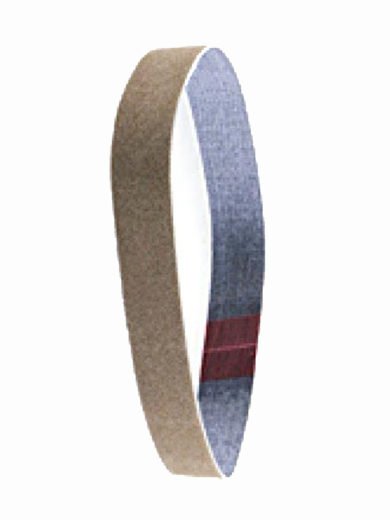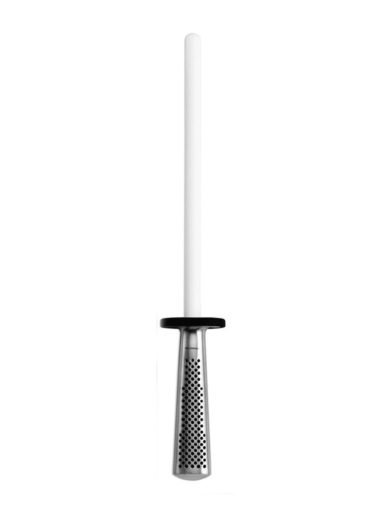Cretan Knives Skalidakis Natural Sharpening Stone of Crete Ladakono 6000/8000 Grit
Description
Description
Cretan Knives Skalidakis Natural Aconolite of Crete Ladakono 6000/8000 Grit.
Natural knife sharpening stone of Crete (acololite), well-known as 'ladakona'.
The product may have some differences from the photo, because it is natural.
It is a famous traditional product of the region of Elounda (in eastern Crete), with reference already to the texts of the Iliad. The official name of the product is "Flint" but many people know it as "oil stone", "Candia stone", "Levant stone", or even as "Turkish stone". It is a natural non-metallic mineral composed of 96-99% of silicon dioxide (SiO2) that is found in micro-crystalline form of horizontal layers only in the mountains of Elounda. These layers are from 4 to 15 cm thick and are located between many and thick layers of various calcareous minerals. The mining of aconolite due to its location, rarity and inability to automate is done as before with manual tools, ie the chisel, the crowbar, the bunch and the heavy. The veins of the mineral are located, but they must be revealed one by one. The calcareous rocks are removed with dynamite and a hand compressor, thus exposing the mantle layers. Lighting a fire on the superficial vein of the aconite, due to contraction - expansion, the aconite comes off from the rock below, and we remove 10 to 40 kg aconolite boulders that are stacked in pallets of 800 to 1200 kg that are taken to the processing plant. Mining is always superficial and always from top to bottom and is a very laborious process that takes weeks.
Aconopetra is a characteristic product of Elounda, which was mined in antiquity and continues to be mined today. The visitor can see on the slopes and in the hills of these mountains the cracks, dams and quarries that have been opened since antiquity.
The edges have different colors from white to dark gray. The whiter the stone, the thicker the grain and the faster the sharpening process. The sharpening quality of the sharpener ranges between 6,000-8,000 Grit which ranks it worldwide in the top quality position. Water or oil can be used as a sharpening lubricant. Our tradition shows a user preference for oil (The dilute thin single engine oil the so-called 10 raki). Hence the name "ladakono". But newer tests have allowed us to find a very good behavior of the stone in sharpening with lubricating water mixed with common dishwashing detergent. We therefore unreservedly recommend the use of the sharpener with soapy water. At the end of the use the sharpener is rinsed with water and is ready for its next use. In any case, if we start using the stone with oil, we must continue only with oil. The change from oil to water requires boiling the stone for 2-3 hours With a strong detergent to remove oil residues from the body. Apart from being a traditional product that has characterized the area since antiquity, the Cretan sharpener is still a valuable tool for various modern professions. Butchers and "Chefs de Cuisine" for the maintenance of their knives, carpenters and woodcarvers for their beaks and blades, tailoring professionals for their scissors, farmers for their daily life and in general hobbyists for their outdoor activities are the privileged potential users of the Cretan stone that deserves a special place in our cultural heritage.


